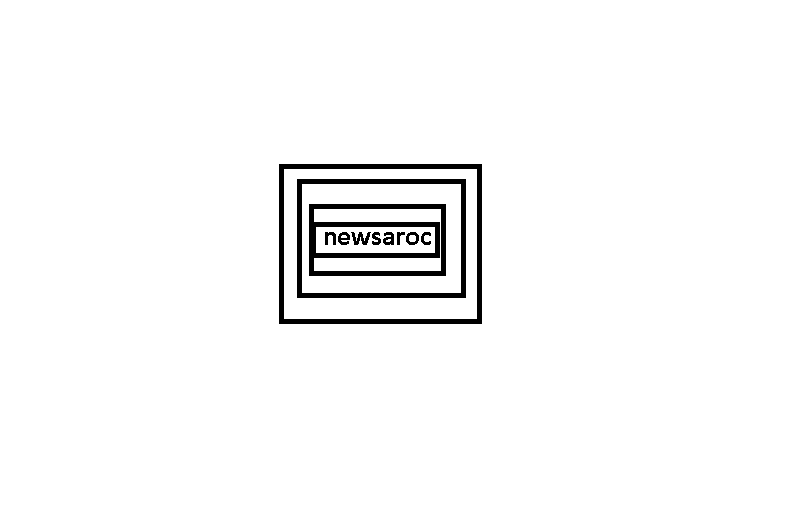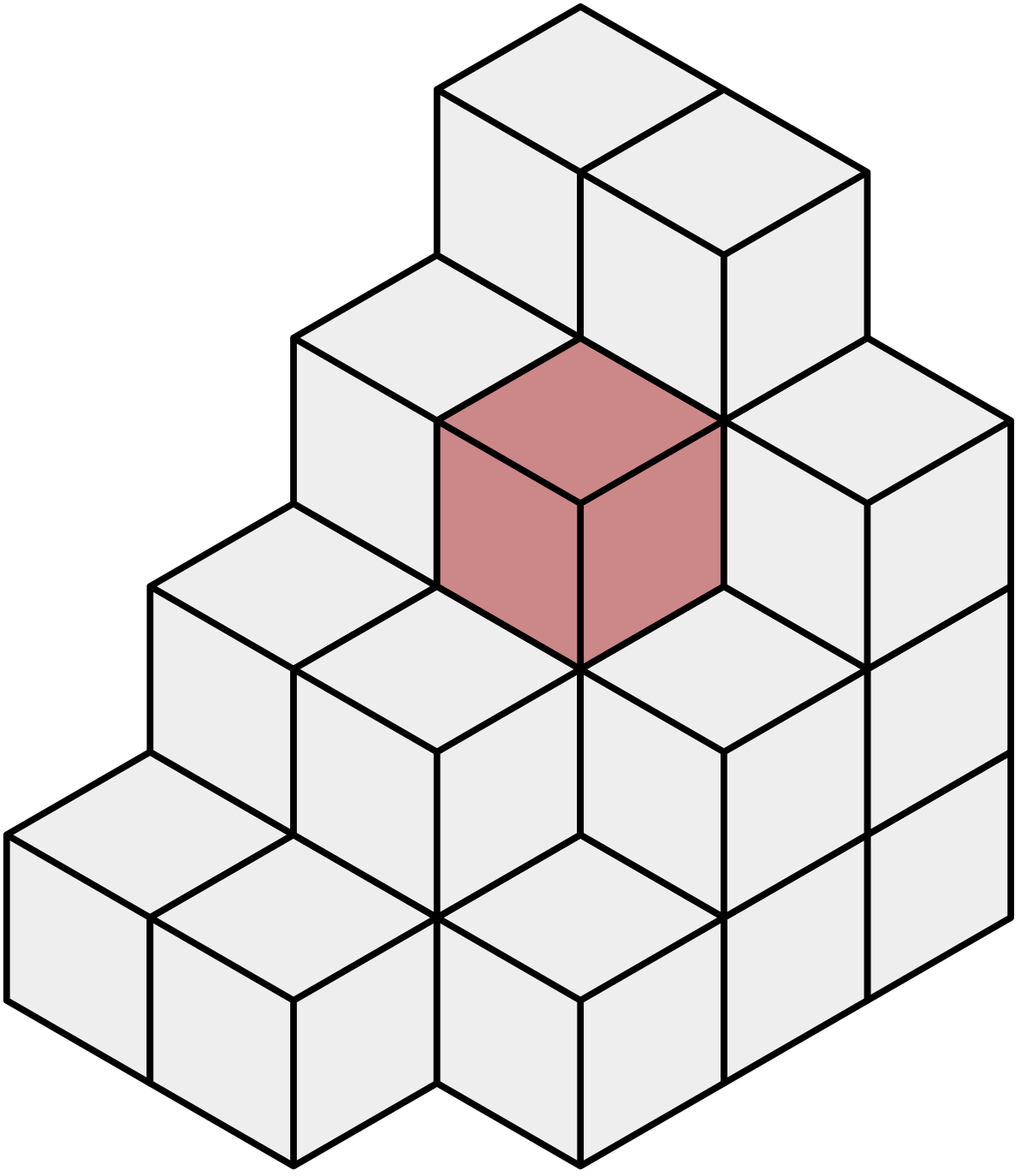Some tools in 3D modeling software work not in meters, pixels, or inches, but in a different unit: voxels, three-dimensional cubes that represent uniform volumes of space.
What is a voxel? What’s the best way to use these funky little cubes? There is much more to the concept than meets the eye.
What are voxels?
Voxels are common units of a given volume of 3D space. They are essentially small virtual building blocks, which play a similar role to the pixels that characterize a two-dimensional sphere.
The term itself is a confusion of the word “pixel”, only in a volumetric context as opposed to a two-dimensional, graphic context. Voxels are extremely uncommon as the default rendering agent for most mainstream 3D programs such as Blender, but they are still highly relevant to the fields of 3D modeling and CGI.
Here, you can see some of the vocals in action in Blender. You may have noticed this option when using the Remesh modifier on an object – what’s the difference between these two types of rendering protocols?
They are sampled throughout the model, whereas a polygon mesh is a skin filled with empty space.
Voxels lack core position – they are relative, with each volumetric value determined by the relationships they share.
They are coordinate-based, and technically don’t really exist outside the final rendered image.
Voxels are perfectly congruent in size, the smallest possible discrete value within a given 3D space.
Basically, paint all six sides of the inside walls of a large, hollow cube with a grid. A voxel will be the volume of space equal to a unit cube around all sides.
Voxels are incredibly valuable in scientific and medical imaging as well as in particle simulation. They are more accurate to reality in many ways, but they are limited in how they can be used directly in 3D modeling.
However, voxels have many secondary applications that can certainly help you achieve many interesting and novel effects.
How are voxels used in 3D modeling?
There are two major ways to implement voxels in your work: as a mathematical framework that informs various operations and reorganizations of your models, or as literal building blocks, in any number of retro, low-poly modelling. Creates 3D art in styles.
You can either start with blocky units when you create your design, or you can spend some time building on the foundation of your model and re-rendering it in a voxel-esque style or procedurally and automatically building it up. You can use a tool to do this.
We suggest trying both approaches when you’re first starting out—you can “voxelize” a model or group of objects, resulting in a unique look that’s consistent with the scale and resolution you’ve chosen. Depending on the premise can be terrible in different contexts. for voxel retopology.
You can use voxels to create complex objects in a low-poly style – for example, using them on some metaballs creates something that looks like a high-style tree of leaves, as shown above. has gone.
They are extremely light on your system by nature, which makes them perfect for adding elements to a scene without compromising performance. Like all the other geometric primitives you may already be using, voxels go back much further than their roots in mathematics.
What is a voxel but a harbinger of greatness?
There are a million ways to spin voxels in a 3D modeling program. The definition of “voxel” matters less than how you use it. It all depends on you and what you like to make. Give it a try and see what you can come up with.

